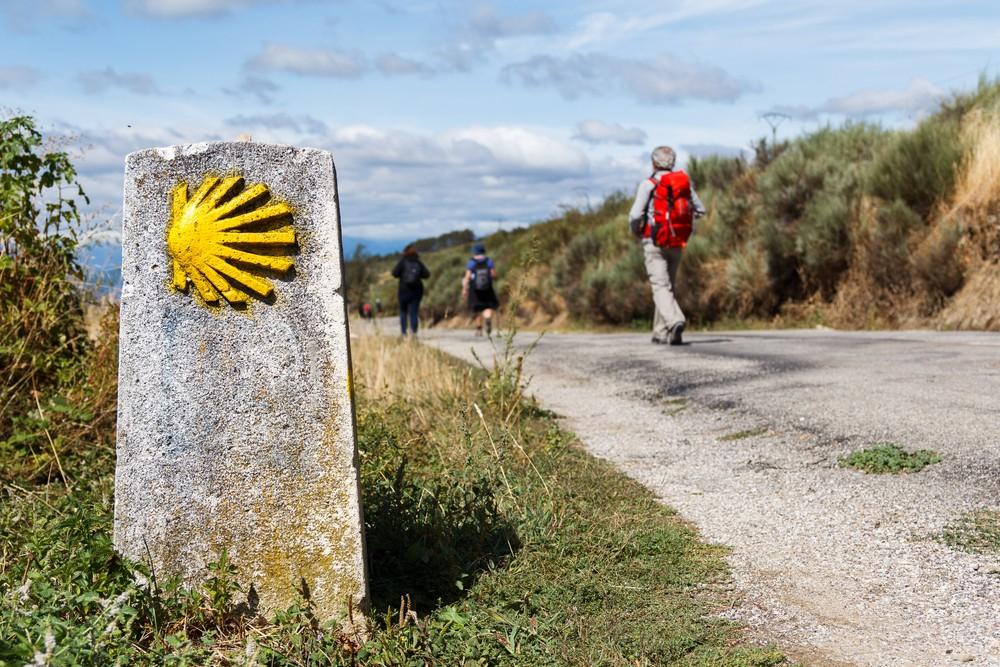The Camino de Santiago, also known as the Camino de Santiago, is a network of pilgrimage routes that span all of Europe, all leading to the famous pilgrimage destination of Santiago de Compostela in Spain. These ancient routes have a rich history and attract thousands of people each year in search of spiritual enlightenment, cultural experiences, or just a breathtaking journey. In this article we are going to take a closer look at the Camino de Santiago and explore the fascination of this unique pilgrimage.
The history of the Camino de Santiago
The origins of the Camino de Santiago date back to the 9th century, when the alleged tomb of the Apostle James was discovered in Santiago de Compostela. Subsequently, the route developed into one of the most important pilgrimage destinations in Christianity. In the Middle Ages, the number of pilgrims reached its peak and the Camino de Santiago became an important trade and cultural link between Europe and Spain.
During the Renaissance, however, the Camino de Santiago lost its importance and was almost forgotten. It was not until the 20th century that it was rediscovered and experienced a renaissance as a spiritual and cultural path. Today, the Camino de Santiago is not only a destination for religious pilgrims, but also for adventurers, hikers, artists and people of all faiths who are looking for inspiration and inner fulfillment.
The main routes of the Camino de Santiago
There are several main routes on the Camino de Santiago, all of which converge in Santiago de Compostela. The most famous routes are:
- The Camino Frances: This is the most popular route that runs from the Pyrenees through northern Spain and passes through many historic towns and villages. It stretches for about 800 kilometers and offers an impressive variety of landscapes.
- The Camino del Norte: This route runs along the north coast of Spain and is known for its stunning coastal landscapes and quaint fishing villages. It is a bit more challenging than the Camino Francés.
- The Camino Portugués: This trail starts in Lisbon, Portugal, and passes through the beautiful Portuguese and Spanish hinterland to Santiago de Compostela.
- The Camino Primitivo: This path is considered the oldest Camino de Santiago and leads from Oviedo to Santiago de Compostela. It is challenging, but the reward is unspoiled nature and the authenticity of rural Spain.
The experience of the Camino de Santiago
The experience of the Camino de Santiago is as varied as the people who walk it. Most pilgrims choose the path for spiritual reasons, to come to rest, to clear their thoughts and to find themselves. However, the Camino de Santiago also offers a wealth of cultural experiences, encounters with like-minded people from all over the world and the opportunity to enjoy the beauty of nature.
The cultural treasures along the Camino de Santiago
The Camino de Santiago is not only a spiritual journey, but also a cultural journey through the history of Europe. Along the way, pilgrims pass numerous historic towns and landmarks, including impressive cathedrals, monasteries, Roman ruins, and medieval villages. Each stage offers the opportunity to explore the rich history and culture of the region.
Once in Santiago de Compostela, the majestic cathedral awaits the pilgrims, which is considered the destination of their journey. The cathedral is not only a spiritual place, but also a masterpiece of Gothic architecture and houses the tomb of the Apostle James.
Book tip: “The backpack was never my home”

Content: Johannes has messed up: The job is gone, his life plans have been discarded and the relationship has just ended. Something has to change, he thinks and takes the curtain rod off the wall. Shortly afterwards, he sits on the train to Spain with his miserable attempt at a walking stick. For him, it seems all too logical to get 1,400 kilometers between himself and everything else and then run another 1,000 kilometers to be on the safe side.
But on the Camino del Norte, one of these meaning-laden Ways of St. James, the pilgrim carousel awaits him instead of the self-discovery crash course: eat, run, sleep. Hadn’t it been the same in everyday life?
When he meets a special person, the real journey begins for him and his search for the “how”: How do I walk a path?
With a lot of wordplay and self-irony, Johannes Thon takes you on what is probably the most entertaining pilgrimage of recent years. He reports truths and other errors on his way and carries you on his shoulders.
The typical daily routine of a pilgrim to Santiago consists of leaving early in the morning, a long walk, often in the company of other pilgrims, and the evening in a hostel where they rest, eat and share experiences. The simple way of life on the Camino allows pilgrims to focus on the essentials and break away from material distractions.
Available at your local bookseller and here at amazon


